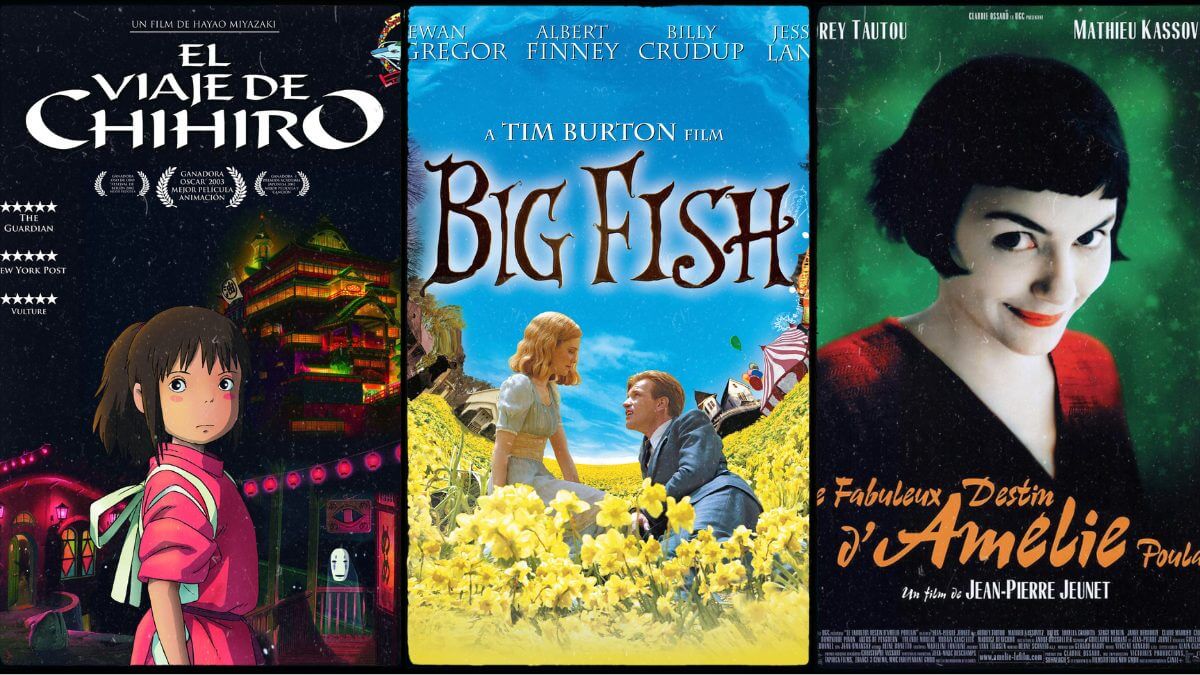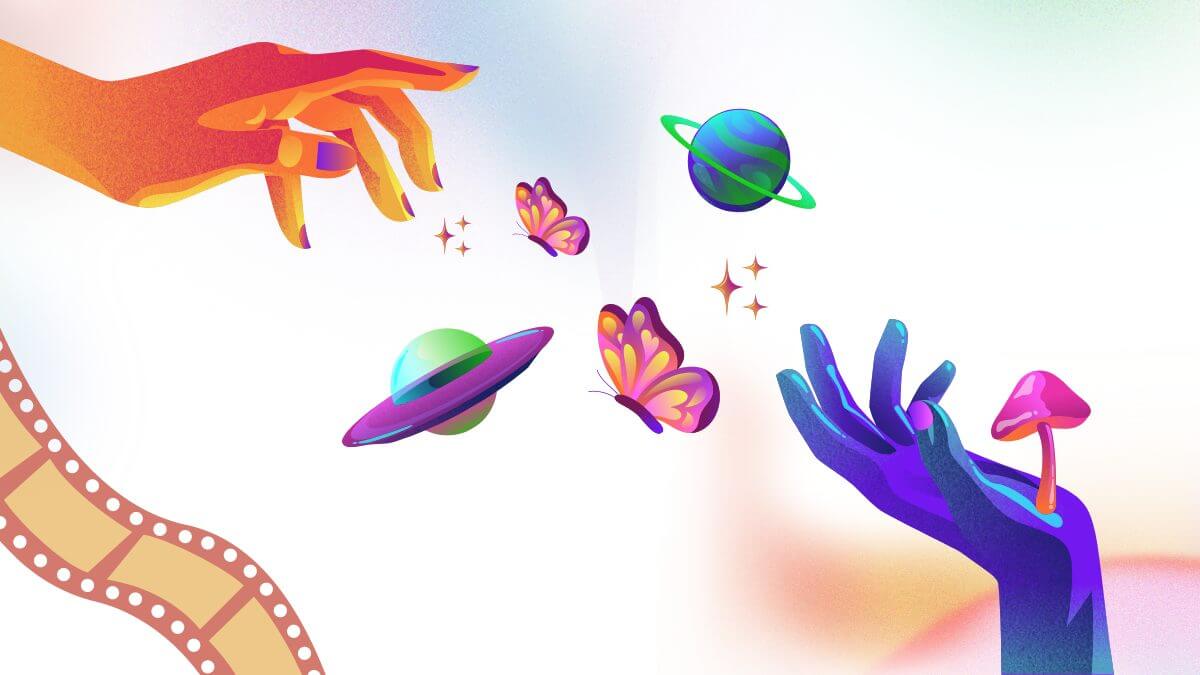Cinema, like literature and visual arts, has been an artistic medium that has embraced and explored magical realism as a unique narrative and visual style.
Although magical realism is a literary and artistic genre that has been primarily associated with Latin American literature, its influence has spread to various parts of the world, and has left a lasting mark on cinema from different countries and cultures.
In this article, we will explore magical realism in cinema in general, not only limiting ourselves to Latin American cinematography, but also to other film productions that have prominently used this narrative and visual style.
Magical realism in cinema is characterised by the representation of fantastic or surreal elements in a mundane or realistic setting, creating a unique blend of the real and the unreal on screen. These films often challenge the norms of reality, presenting unique visual worlds and singular characters that move in a space where the fantastic blends with the everyday in a surprising and evocative way.

Examples of magical realism
Pan’s Labyrinth
One of the most prominent examples of magical realism in cinema is the film “Pan’s Labyrinth” (2006), directed by acclaimed Mexican director Guillermo del Toro. The film is set in post-Civil War Spain, and tells the story of a young girl named Ofelia who enters a magical and surreal world to escape the cruel and oppressive reality that surrounds her. The film combines elements of fantasy with historical reality, presenting magical creatures, underground worlds, and supernatural challenges that Ofelia must face in her quest for freedom and redemption. “Pan’s Labyrinth” is a clear example of how magical realism can be used in cinema to address deep and complex themes such as war, oppression, and the struggle for freedom, through visually stunning and emotionally evocative storytelling.
Amelie
Another prominent example of magical realism in cinema is the film “Amelie” (2001), directed by Jean-Pierre Jeunet and produced in France. The film tells the story of a young woman named Amelie, who lives in a world of fantasy and wonders in her everyday life in Paris. Amelie creates small acts of magic and surrealism in the lives of the people around her, seeking to find love and happiness in an apparently ordinary world. The film is characterised by its visually stunning style, with fantastic elements blending with the everyday reality in a charming and evocative way. “Amelie” is an example of how magical realism can be used in cinema to create a poetic and visually unique narrative, which challenges the norms of reality and presents a world of wonders and fantasy on the screen.
Big Fish
Another film that has prominently used magical realism is “Big Fish” (2003), directed by Tim Burton. The film tells the story of Edward Bloom, a man who has led a life full of adventures and legends, and who is now facing his imminent death. Through a non-linear narrative filled with fantastic elements, the film explores the relationship between reality and fantasy, and how stories and myths can shape our lives. “Big Fish” uses imagination and surrealism to tell an emotional and touching story about life, family, and imagination, with a unique and stunning visual style that characterises Tim Burton’s work.
Spirited Away
In Japanese cinema, “Spirited Away” (2001), directed by Hayao Miyazaki, is a prominent example of magical realism in animation. The film tells the story of Chihiro, a girl who ventures into a spiritual world full of fantastic creatures and magical beings, while searching for a way to rescue her parents and return to the real world. The film presents a world of wonders and surprises, with memorable characters and visually stunning storytelling that blends fantastic elements with everyday reality.

“Crouching Tiger, Hidden Dragon” (2000), directed by Ang Lee. This martial arts film set in ancient China combines elements of magical realism with fight choreography and an epic love story. The film features characters with supernatural abilities and fight scenes that defy the laws of physics, creating a visually stunning world full of fantastic elements.
The City of Lost Children
“The City of Lost Children” (1995), directed by Jean-Pierre Jeunet and Marc Caro. This French film is a blend of science fiction, fantasy, and magical realism, following the story of a scientist searching for his little brother in an underground city populated by strange creatures and eccentric characters. The film features a distinctive and surreal visual style, with fantastic elements and unconventional storytelling.
The Secret in Their Eyes
“The Secret in Their Eyes” (2009), directed by Juan José Campanella. This Argentine film combines elements of thriller, drama, and magical realism, telling the story of a retired justice officer who tries to solve an unsolved murder case from the past. The film features fantastic and surreal visual elements, as well as a non-linear narrative that plays with the perception of reality and memory.
These are just a few examples of movies that have used magical realism in cinema in a remarkable way across different parts of the world. This cinematic style has allowed filmmakers to explore deep and complex themes, addressing war, oppression, memory, imagination, and other universal issues, through a mixture of the real and the unreal on screen. Magical realism in cinema has provided us with a unique and evocative cinematic experience that transports us to worlds of wonder and fantasy, and invites us to question our perception of reality.



